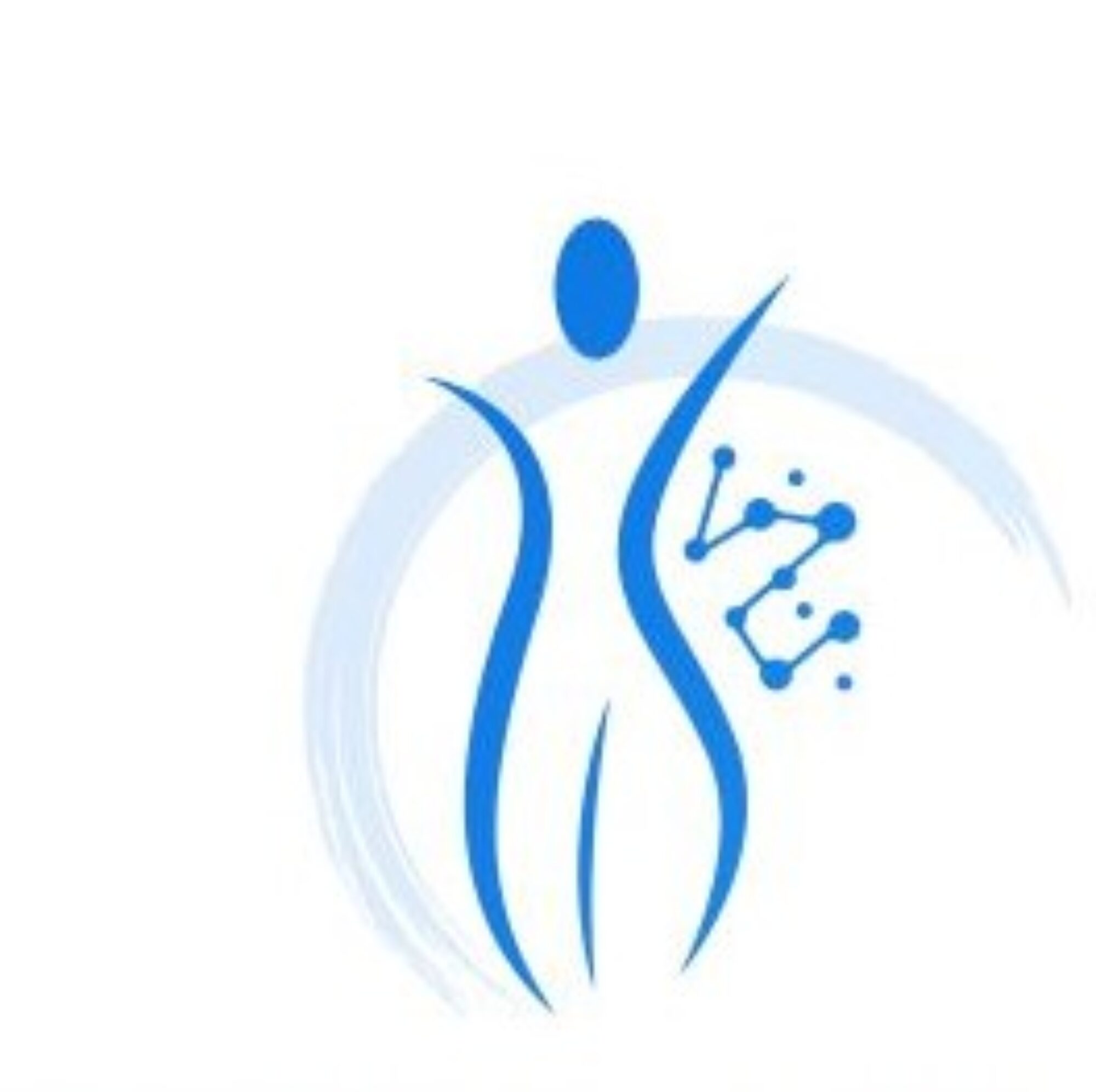Massages feel great— and most people view them as a special treat. But the health benefits associated with massage are the real reason to get one regularly. Benefits such as:
- Calming the central nervous system
- Increasing circulation
- Elongating tight muscles
- Releasing toxins from muscle tissues
- Boosting immunity
But I’m often asked, “How often should I get a massage?” It’s a great question, and the answer depends on what you want to achieve.
Keep in mind that the effects of regular massage are cumulative, and spacing them too far apart might leave you back at square one every time.

Wellness and Relaxation
If you’re looking to improve your overall health or want to reduce everyday stress, you ought to schedule a massage at least once a month, but twice monthly is optimal.
If you work in a high-stress environment or have daily activities that risk causing repetitive-motion injuries or postural issues, weekly sessions would give you the best results.
Improving Athletic Performance
Athletes typically have multiple goals they want to achieve from their massage. First is injury avoidance and increased flexibility. Massage lengthens and loosens tight muscles, so serious athletes ought to get a weekly massage. (Think about the Baltimore Ravens: they have a masseuse on staff for their players.)
For the average athlete, depending on your training schedule and chronic issues, it’s best for you to schedule one or two massages per month. As your workouts increase, so should your massages.
A side note is that you ought not to schedule a deep tissue massage less than five days before a big event. This type of massage can cause soreness and shift your body, which could throw you off your game. Instead, schedule a circulation-boosting Swedish massage as it flushes toxins, and speeds recovery.
Chronic Pain Relief
If you’re suffering from chronic pain such as migraines or sciatica, weekly massage sessions are recommended. If your pain returns only a couple of days after receiving a massage, it’s time to schedule another. Once you’ve graduated to being pain-free for a week or longer, you can stretch time between appointments.
Many people find they need more frequent appointments when they begin working with a massage therapist. As muscles loosen and relax, you can often decrease visit frequency. I can provide recommendations for stretches you can do at home to maintain muscle looseness between visits.
Post-Surgery Recovery
It’s important to always check with your doctor about when you can begin massage therapy post-surgery as some modalities are better suited at different times. For example, deep tissue work might be a bad idea for someone on blood thinners whereas someone else might benefit from a lymphatic drainage massage.
Here’s how you can be supported by massage post-surgery:
- Reduces pain, minimizing the need for medication
- Inhibits swelling by activating the lymphatic system
- Breaks up scar tissue
- Increase blood and oxygen flows, which hastens the healing process
Once you’ve got clearance, two sessions a week or more may be needed to start, with frequency decreasing as healing and recovery progress.
Making it Affordable
Investing in massage therapy can be costly. There are three ways to reduce the expense related to regular massage.
- Request from Miracles Massage a receipt, which you can submit to your health insurance plan or health savings account for reimbursement.
- Purchase a MiraclePass, our monthly membership which provides discounted fees for your massages.
- Pre-purchase massage packages at a discounted rate.
The mind and body benefits you receive from regular massage may save you from more costly medical expenses in the long run. Plus, they feel great! What are you waiting for? You deserve great health! Schedule your appointments today.






